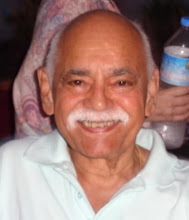Bobby Ghosh writing in a recent issue of
Time described a country so:
“This is the last authentic place on
earth. Authenticity is a rare and valuable commodity and people will travel far
to find it”. Mr Ghosh uses the word to mean real and genuine in a positive
sense. He goes on to say “It’s the closest thing to Shangri-La I’ve ever seen”.
For readers unfamiliar with James Hilton’s classic novel, Shangri-La was a
beautiful land in the Himalayas where good gentle people lived long happy lives
untouched by so called civilization.
He is describing Bhutan, a country
sandwiched between China and India with a population of 700,000 with their own
version of Buddhism and a democracy with two distinct differences in their
belief in what constitutes progress in the 21st century.
Bhutan has an alternative to the western
gauge of the Gross Domestic Product. Their version is the Gross National
Happiness index based on what they describe as “The four pillars”. These are
sustainable economic development, conservation of the environment, preservation
of culture and good governance.
The nine components of happiness are psychological well-being, health, work-life balance, education, good governance, cultural diversity and resilience, community vitality, ecological diversity and resilience, and finally living standards.
The nine components of happiness are psychological well-being, health, work-life balance, education, good governance, cultural diversity and resilience, community vitality, ecological diversity and resilience, and finally living standards.
Unlike many western democracies, Bhutan’s
government will not abandon everything in pursuit of growth and know that
wealth alone does not guarantee happiness.
The Government has also decided what
sort of tourist they would welcome. Not the hippies on the trail of cheap
marijuana that damaged Goa and Nepal. Bhutan wants the rich visitor interested
in the beauty of the preserved countryside, it’s culture and religion. Birdwatchers,
and adventure seekers are also welcome. These folk pay a daily tariff to limit the
number of tourists and help with the maintenance of authentic Shangri-La.
Go before they change their mind.








